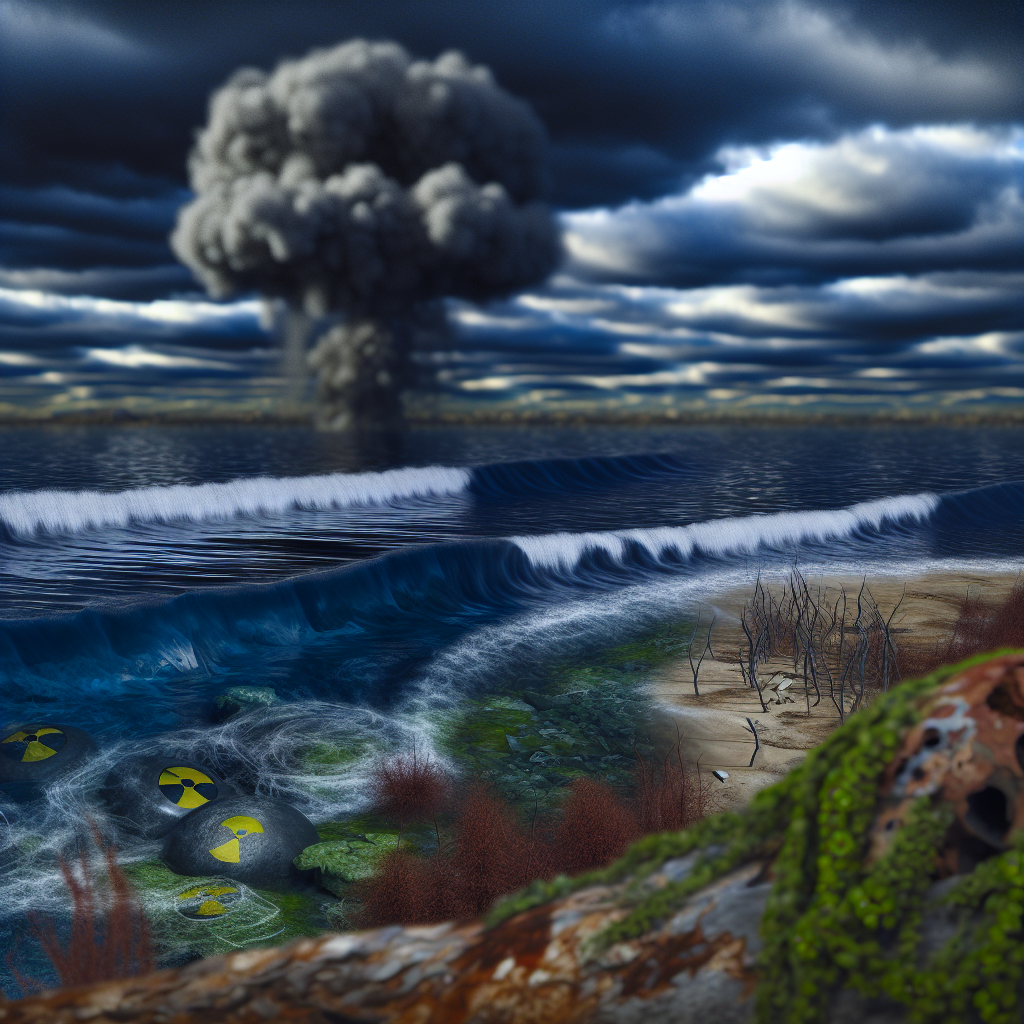Recent reports have raised alarming concerns about increasing deaths and environmental hazards in the Pacific Ocean linked to the legacy of the Fukushima nuclear disaster. This issue poses a significant threat to marine life and human health, demanding urgent attention. In this article, we will explore the devastating impact of Fukushima’s radioactive contamination on the Pacific and its potential consequences for humanity.
The Lingering Radioactive Threat in the Pacific Ocean
Since the catastrophic meltdown at the Fukushima Daiichi Nuclear Power Plant in 2011, massive amounts of radioactive water have been released into the Pacific Ocean. Despite efforts to contain and filter these substances, significant quantities of radioactive isotopes such as Cesium-134 and Cesium-137 continue to seep into the marine ecosystem. These isotopes are particularly concerning because of their long half-lives, persistence in the environment, and bioaccumulation in marine organisms. New studies have documented elevated levels of radioactivity in fish, shellfish, and even deep-sea creatures hundreds of kilometers away from the plant, indicating that radioactive contamination is not localized but widespread.
Scientists warn that the accumulation of these radioactive particles in the ocean’s food chain could lead to increased health risks for humans and animals alike. As marine species ingest contaminated particles, they may transfer these radioactive isotopes up the food chain, reaching commercially important fish and seafood that sustain millions of people globally. This growing contamination not only threatens marine biodiversity but also imperils food security and public health, especially for communities relying heavily on fishing as a livelihood.
Environmental and Human Risks: A Growing Crisis
The continuous release of radioactive materials from Fukushima exacerbates the threat to ocean health and human safety. Marine ecosystems are particularly vulnerable to radioactive pollution, which can cause genetic mutations, reproductive failures, and population declines among marine species. The disruption of these ecosystems can have cascading effects on global biodiversity and the stability of oceanic systems.
Furthermore, the potential for radioactive pollutants to reach coastal regions raises concerns about exposure for coastal populations. Contaminated seafood consumption poses a direct health risk, including increased incidence of cancer and genetic mutations. Additionally, radioactive isotopes can contaminate water sources, impacting drinking water supplies and sanitation. Long-term environmental monitoring reveals the persistence of radioactivity, emphasizing that this is not an issue that will resolve quickly or easily. The international community faces a critical challenge in managing and mitigating these risks, demanding stricter regulations, innovative cleanup technologies, and collaborative efforts to protect our oceans and future generations.
In conclusion, Fukushima’s radioactive contamination remains a profound threat to the Pacific Ocean, with deadly implications for marine ecosystems and human health. The ongoing radioactive leakage and bioaccumulation highlight the urgency for global action and responsible management of nuclear waste. Recognizing the severity of this crisis is essential to safeguard our environment and humanity’s future from this unseen but deadly threat.
